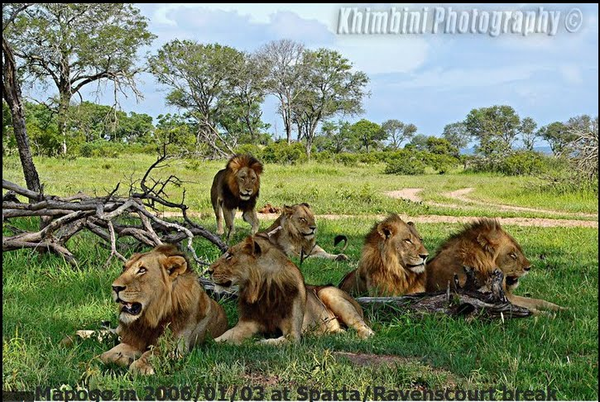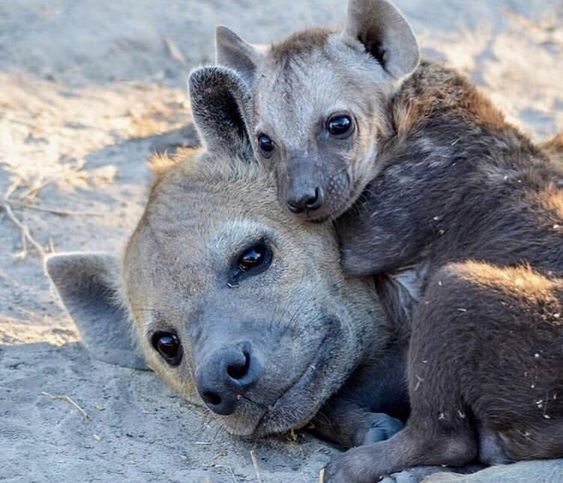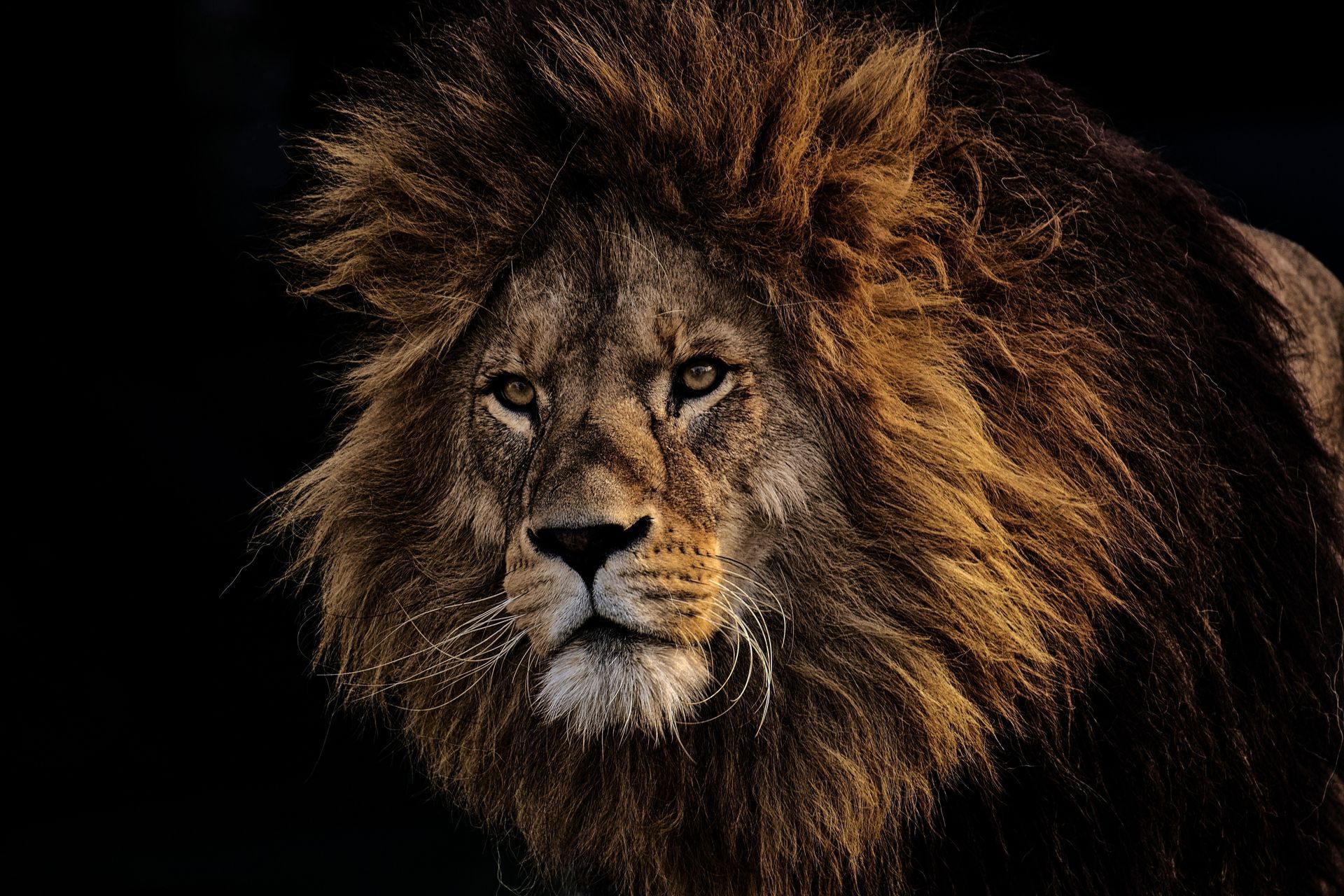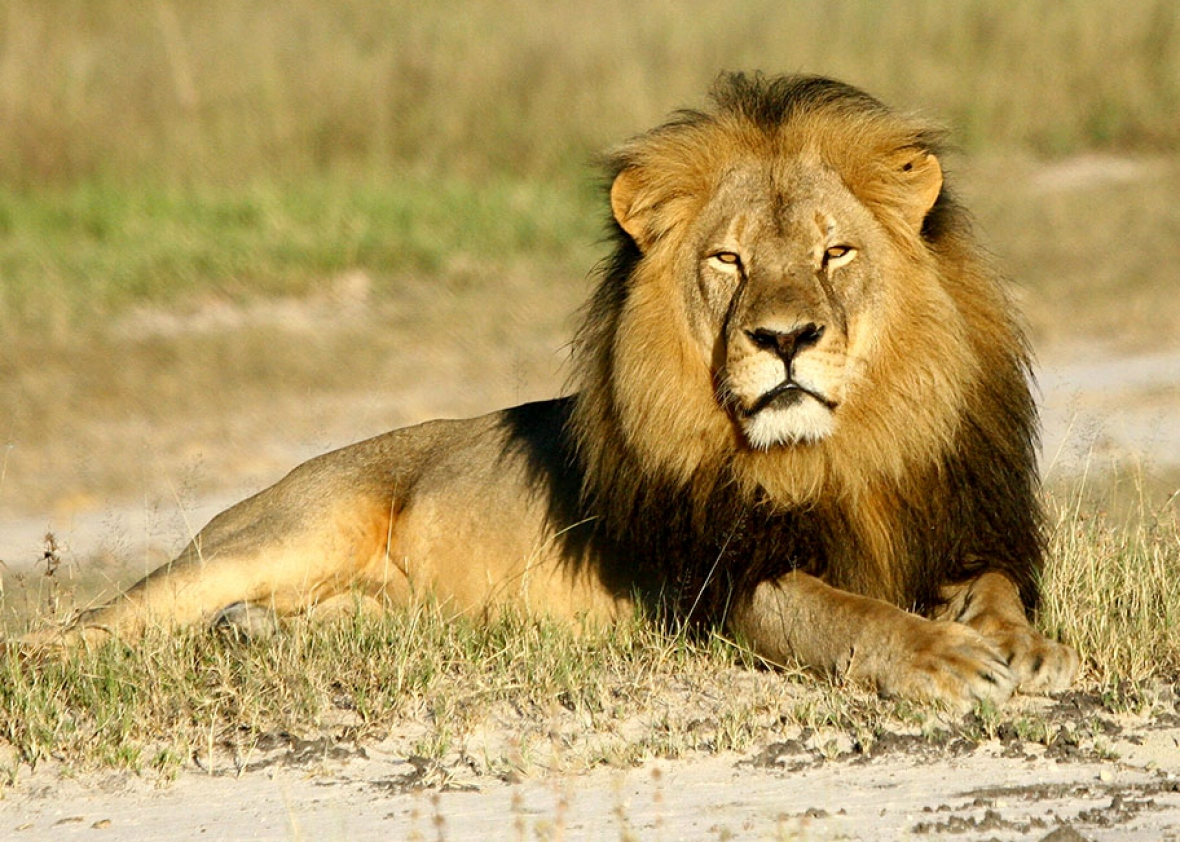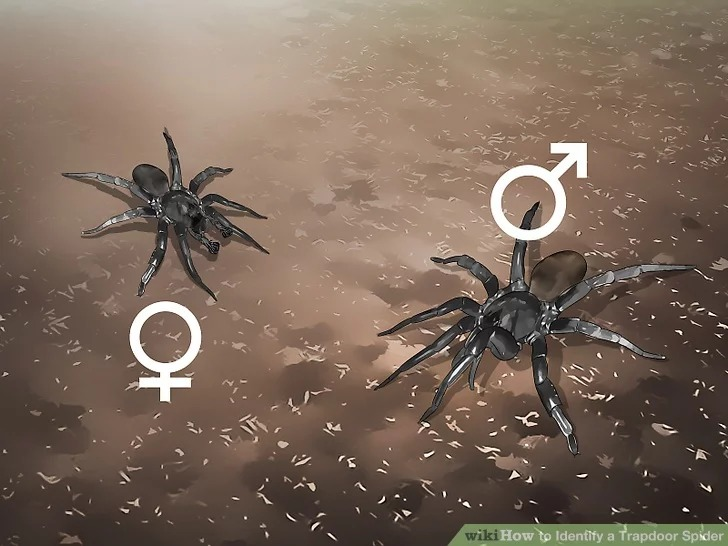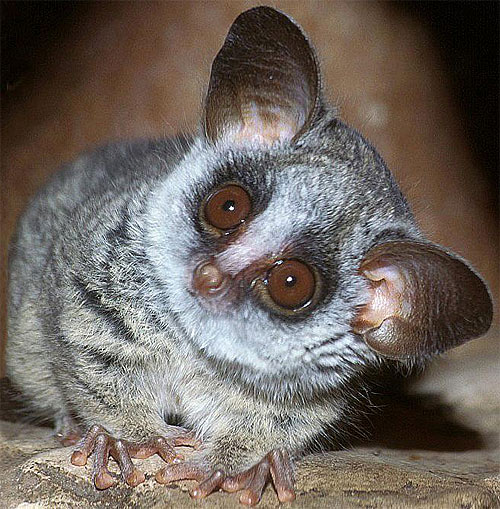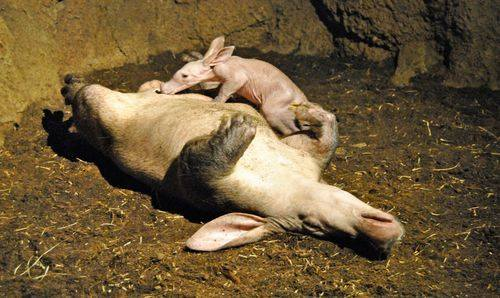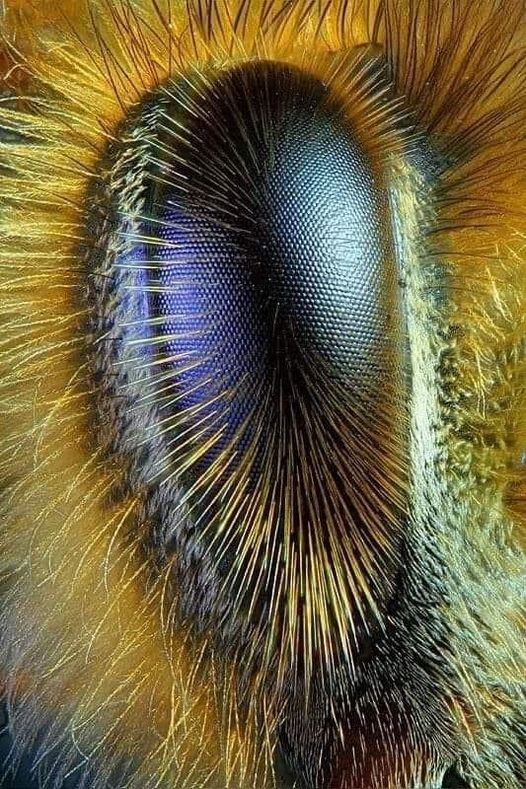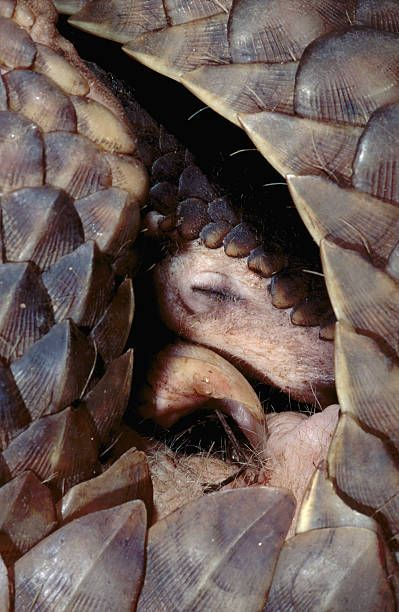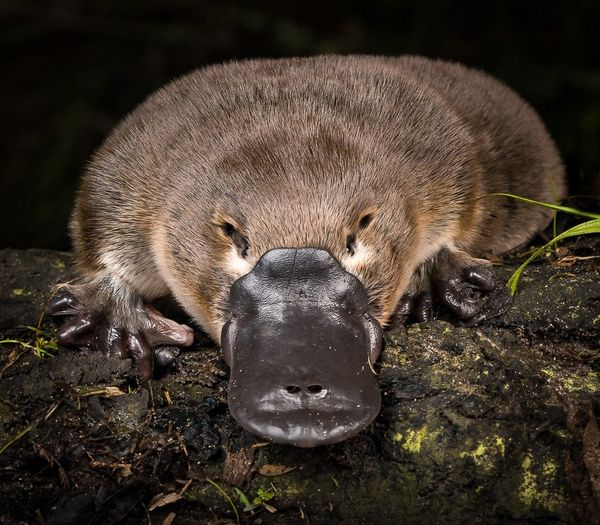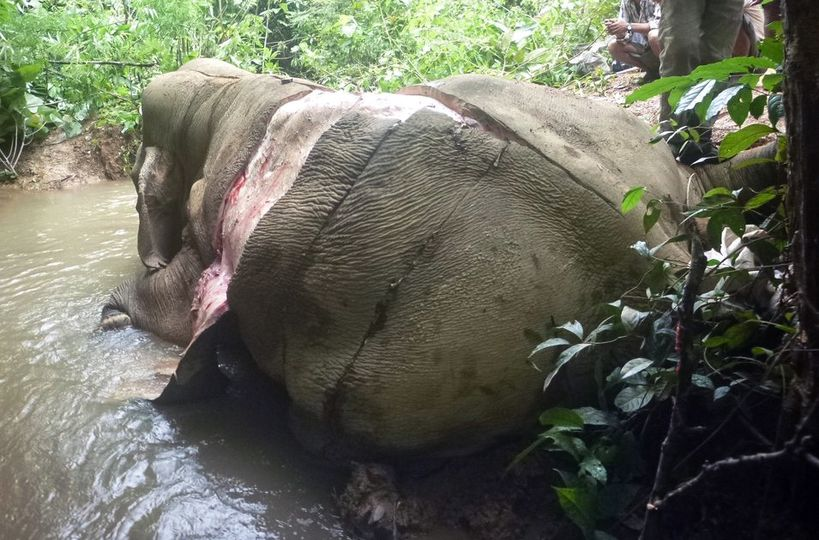The #MightyMapogos
This group of lions will be eternally etched into African lion history. They are infamous, almost legendary. It is highly doubtful you will travel throughout lion country without the names 'Mighty Mapogos' bulldozing their way into the conversation. They have been gone for a few years, but have left a deep memory that no lion/s has yet been able to fill or surpass:
Here's a bit of their story – There was a well-known pride dominated by 6 lions. Five of them were brothers, the older and sixth lion was was from another pride (believed to be related to the young lions – he was the leader of that bachelor/coalition group, and later, their pride).
They easily took over a pride and ousted the dominant male/s. This lot reigned over that large area for many years... Far longer than any other pride of lions. Their numbers ensured the safety and stability of their pride for many years, and seemed like their cubs went on forever. Nothing could defeat these powerful kings. The 6 lions were something, but ended up with a sinister reputation, because they did a few unusual things like they would often go out of their way to wipe out entire prides – lionesses, cubs and the dominant lions. Prides that posed them no threat – were not too close that the Mighty Mapogos had to defend their territory, or similar.
The way they slaughtered them was similar to the almost automatic killing of a spotted hyena (getting rid of the competition), but this had a more brutal feeling to it, it seemed like they did it for their own enjoyment – no other genuine reason. Then, they did something very unusual for a lion – they ate some of them. Researchers believe this was an added sign of their dominance. They destroyed too much. Nothing was safe from them, only their own pride... No other lion genes were finding their way into the lion's blood within that area. But wait, Nature always wins in the end.
It seemed as if Nature noticed this and said, 'hang on a minute, let me step in here..'
The lionesses, from the other prides, gave birth to a larger number of male cubs, leaving fewer female cubs in a litter. When the juvenile males were evicted from their pride, some formed a coalition. Their larger number meant more would probably survive the tests of the wild, and ensured the competition was really tough. Only the most powerful males would survive and these youngsters spent a few years roaming the wilds and fighting challengers and growing stronger and stronger.
While these budding challengers were growing more powerful, the six were reigning a growing area and continued to kill lions, lionesses and cubs left and right. These six were given a Zulu name, meaning 'rogues' – mapogos (although they had established their own pride). These powerful lions (the Mapogos) met their match in these young roaming lions – and finally their bloody reign ended.
By this time, age was not on their side. They were no match for these really strong fighters in their prime. A group of 4 powerful young lions picked them apart, killing one Mapogo after another, and worked their way closer to the pride. Eventually, they killed the final two Mapogos, and took over their pride. The Mighty Mapogos ceased to exist. Most people thought they would reign until they finally died of old age – After all, they controlled a vast territory, arguably larger than any lion pride and it seemed as if no lion/s could challenge them. However, to use a cliche, they died, but their memory did not and today they are infamous.
- Photo of the six Mighty Mapogos by Kimbiny photography.
- A wild lion rarely lives passed the age of 10, the final Mapogo was still breeding by the unheard of age (for a wild lion) of about 14!
